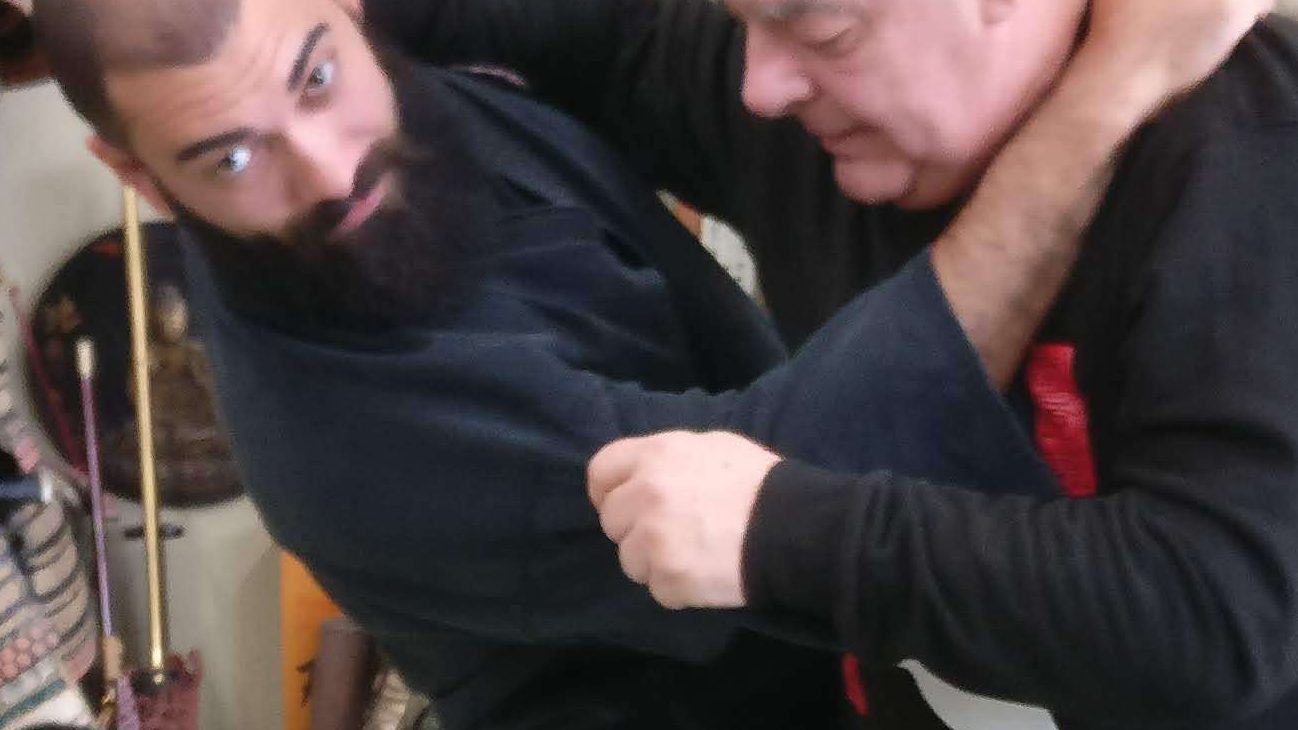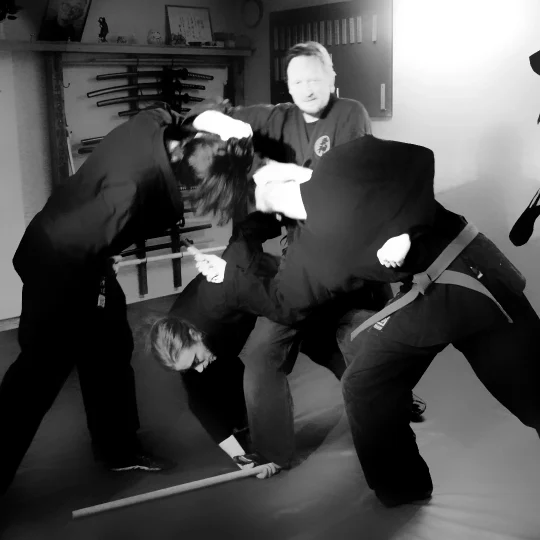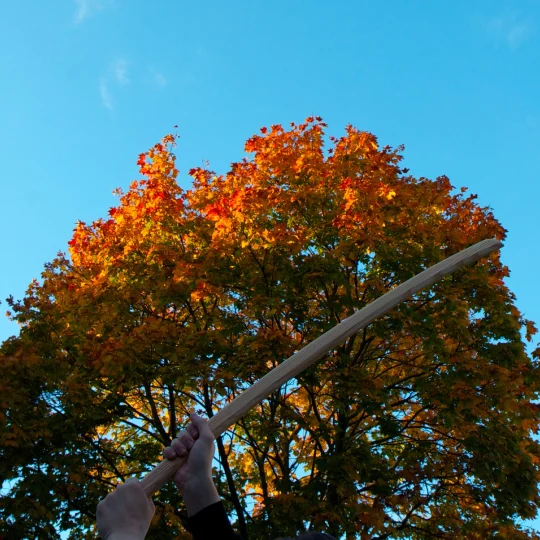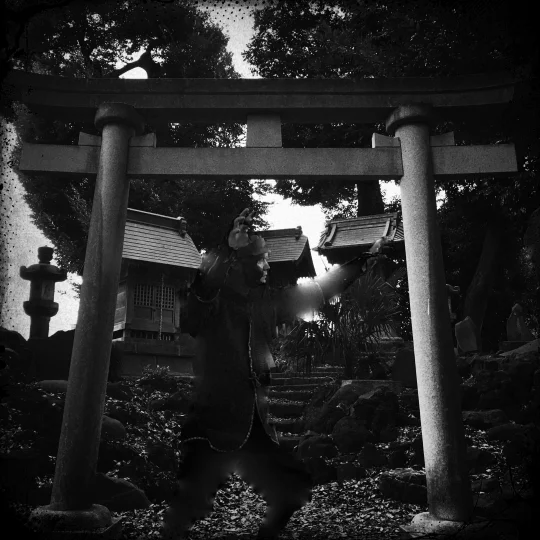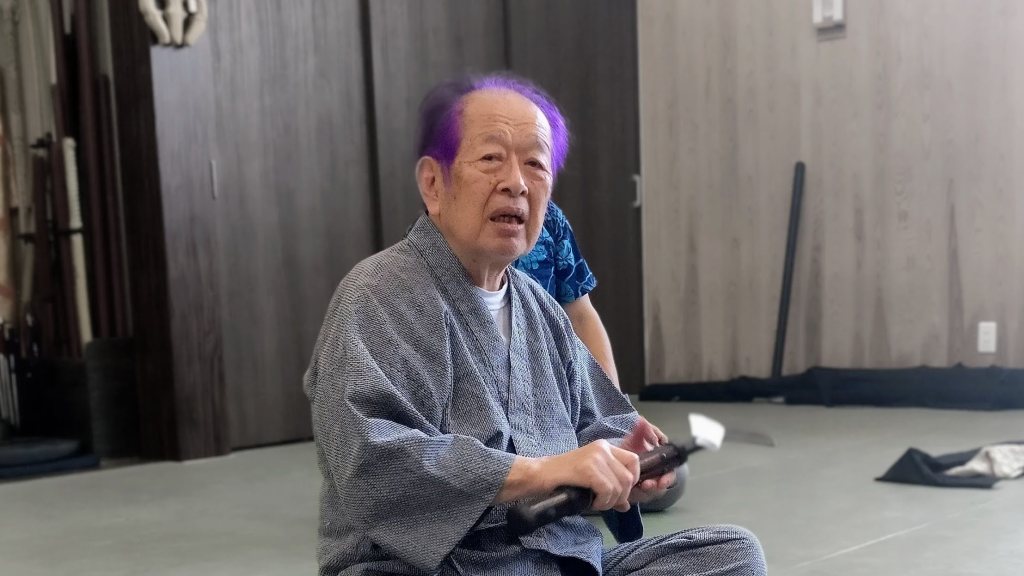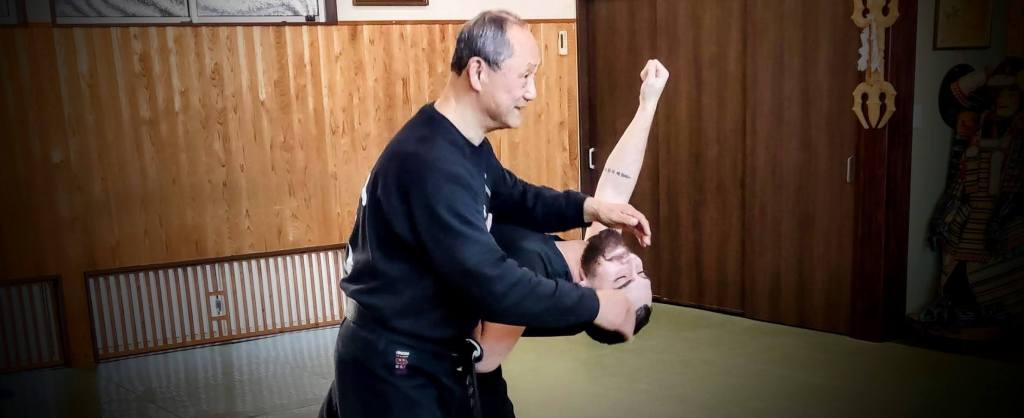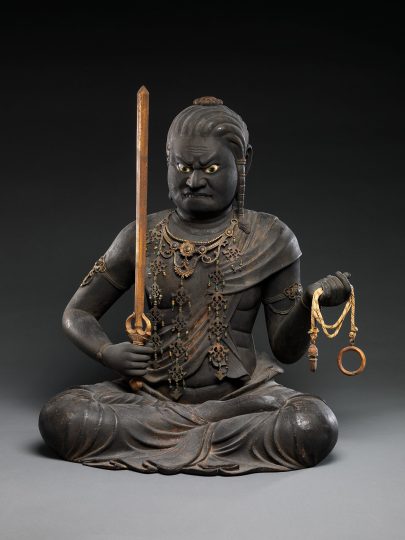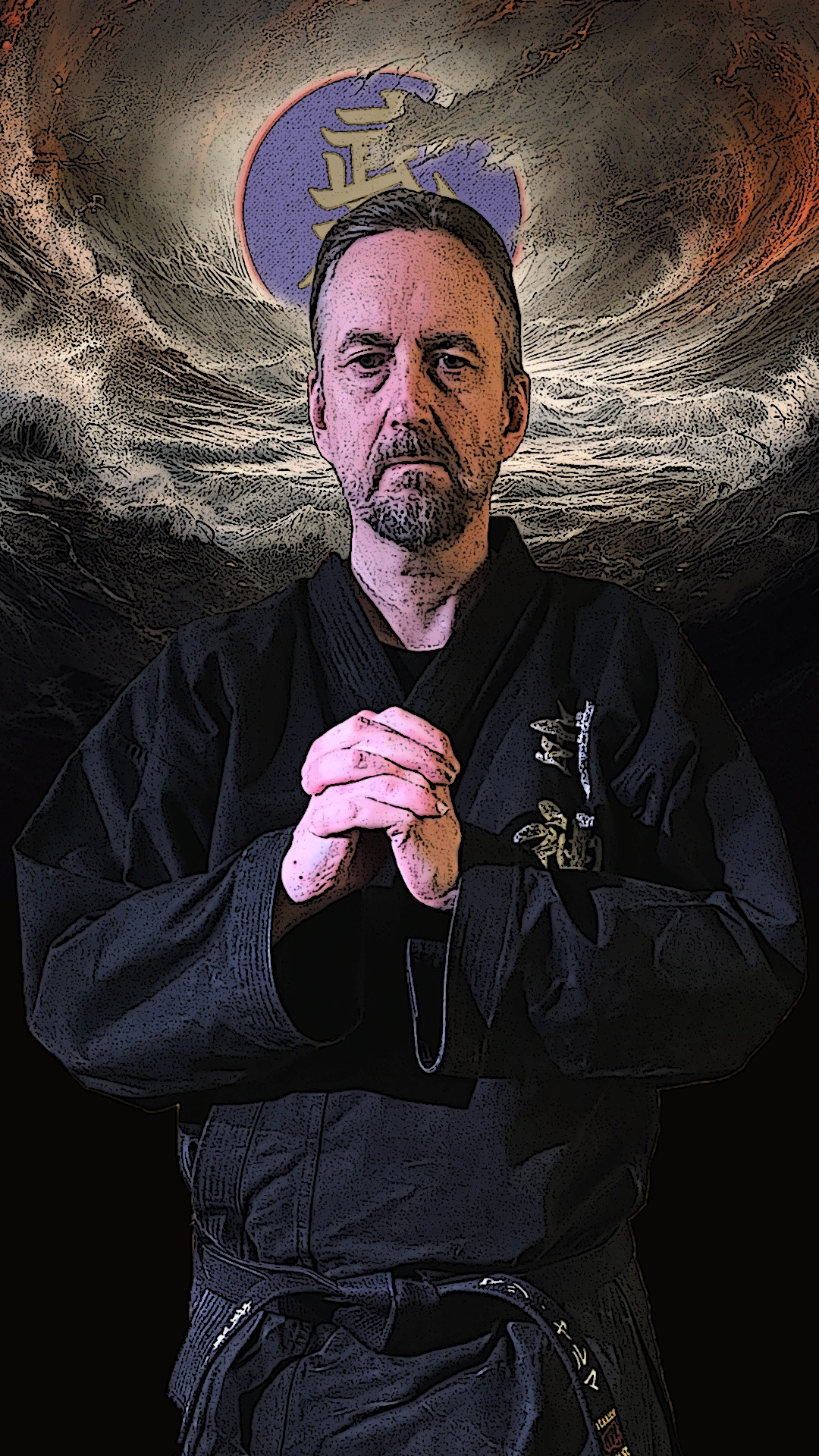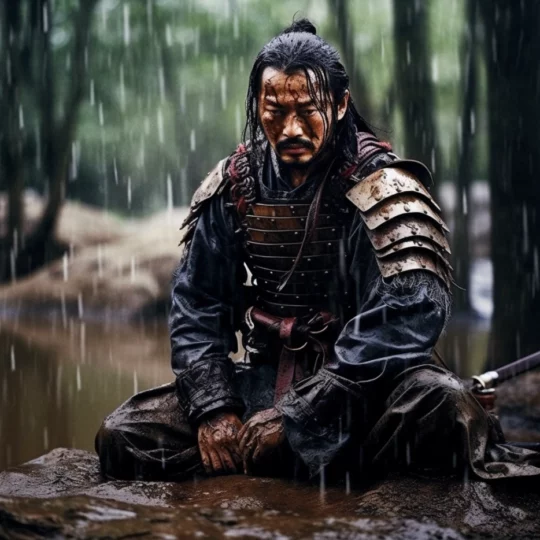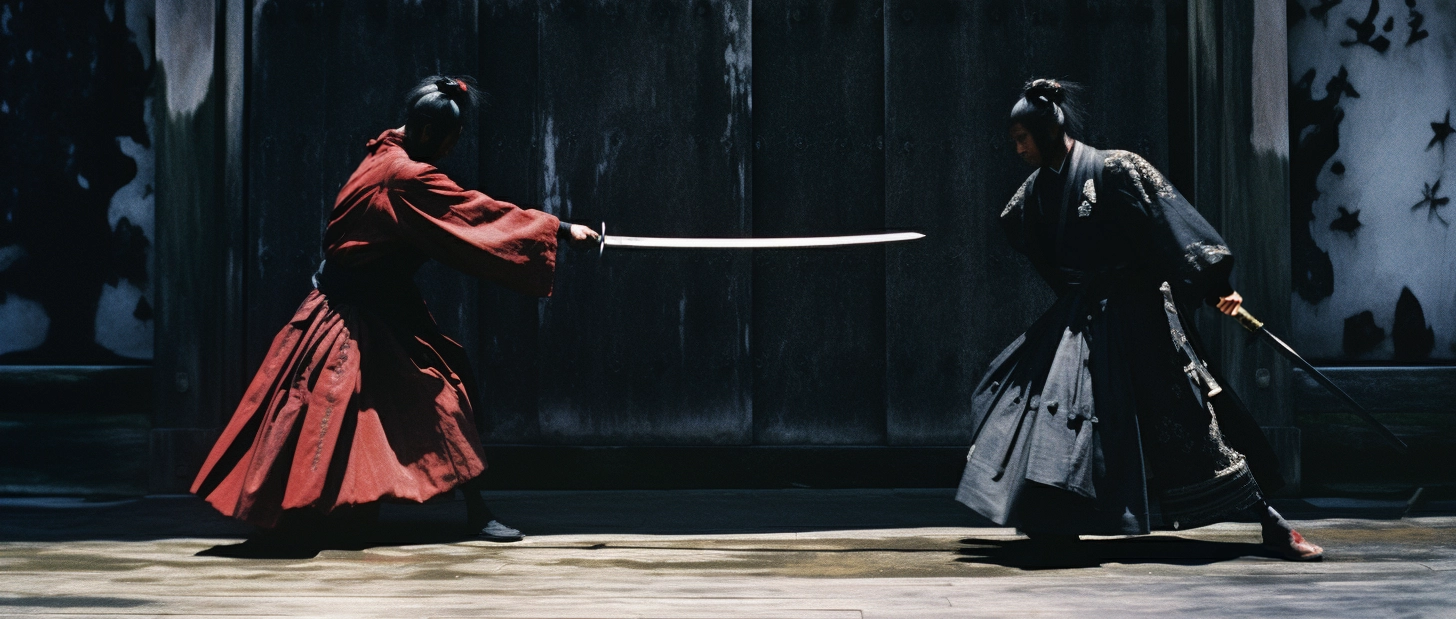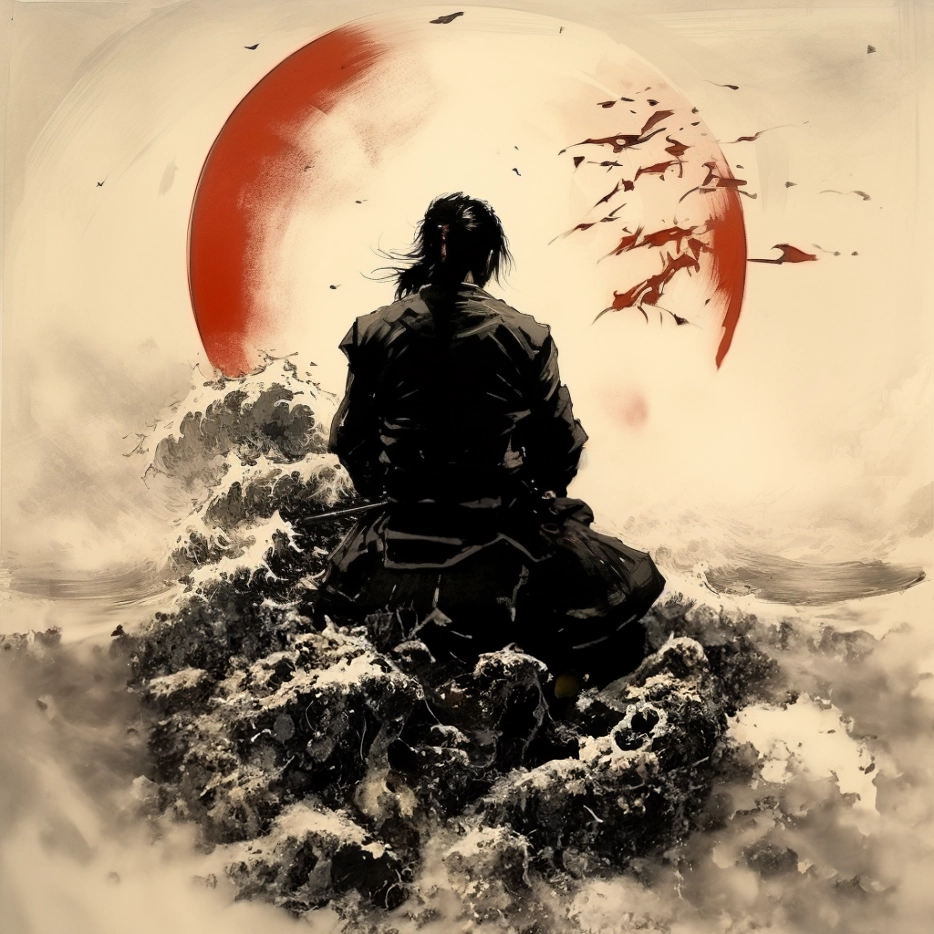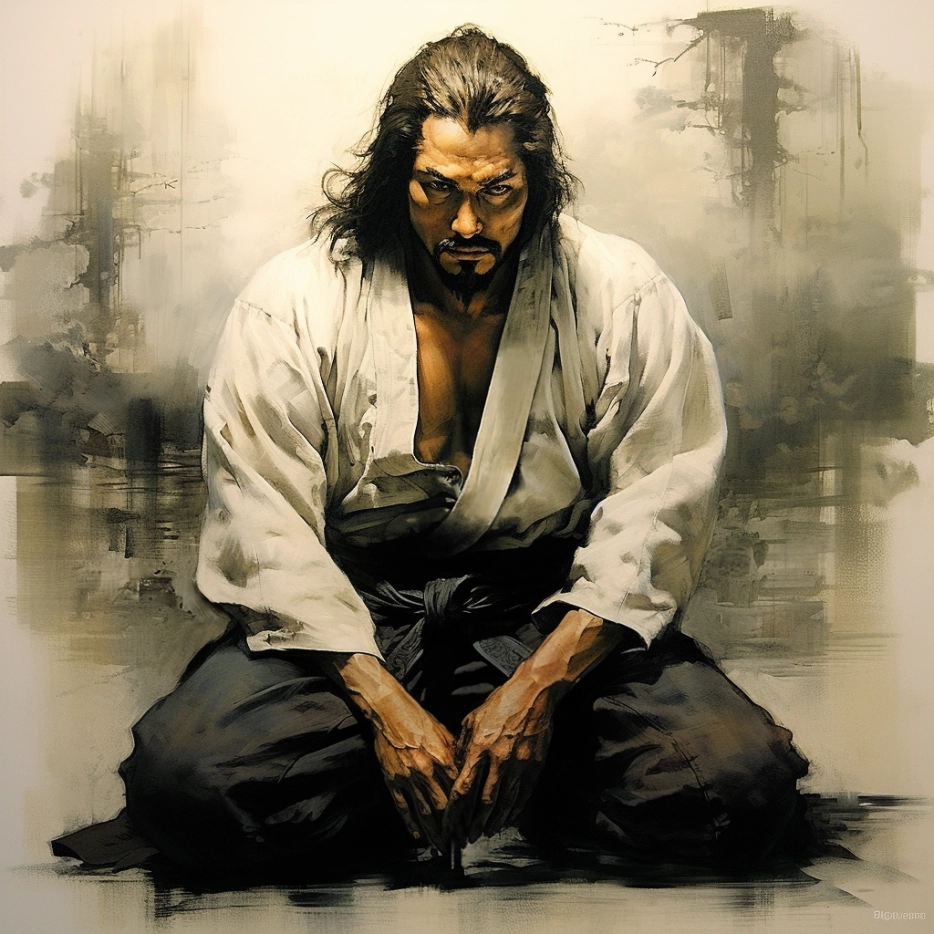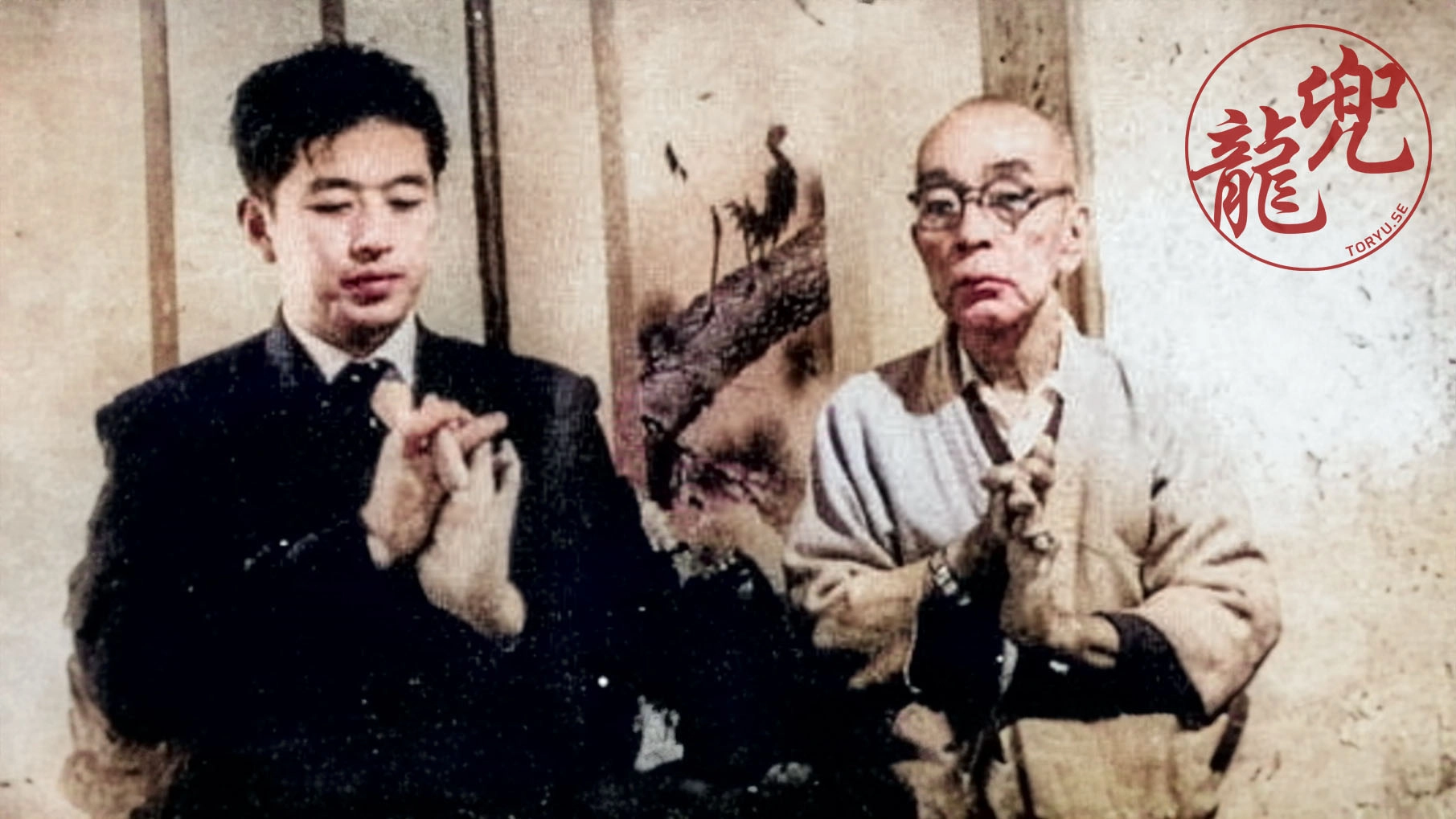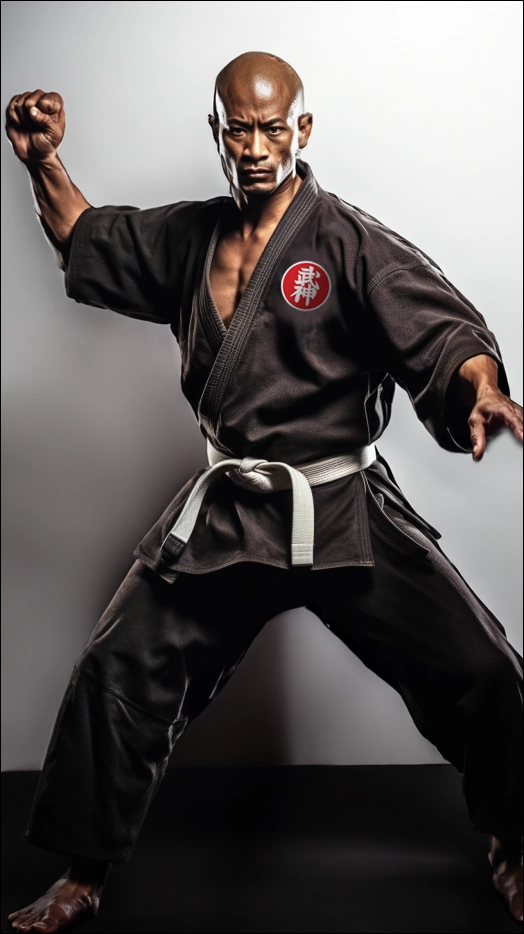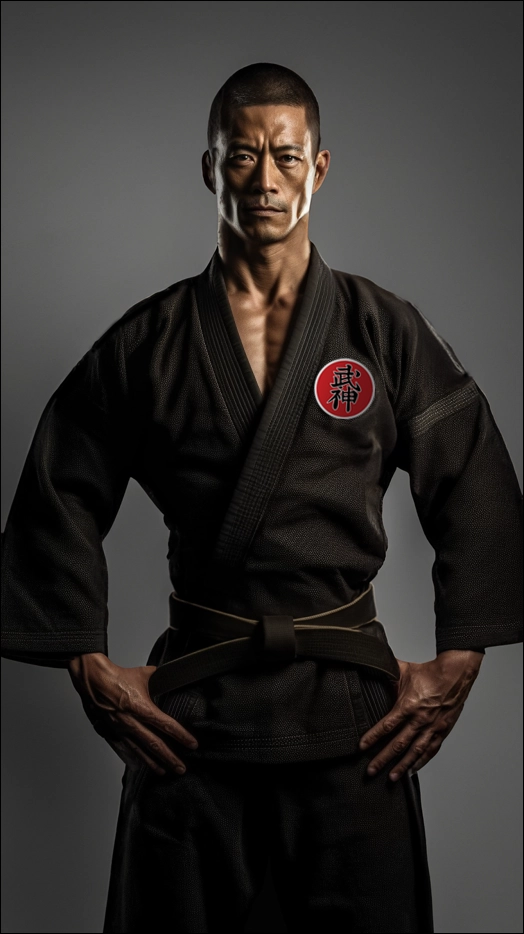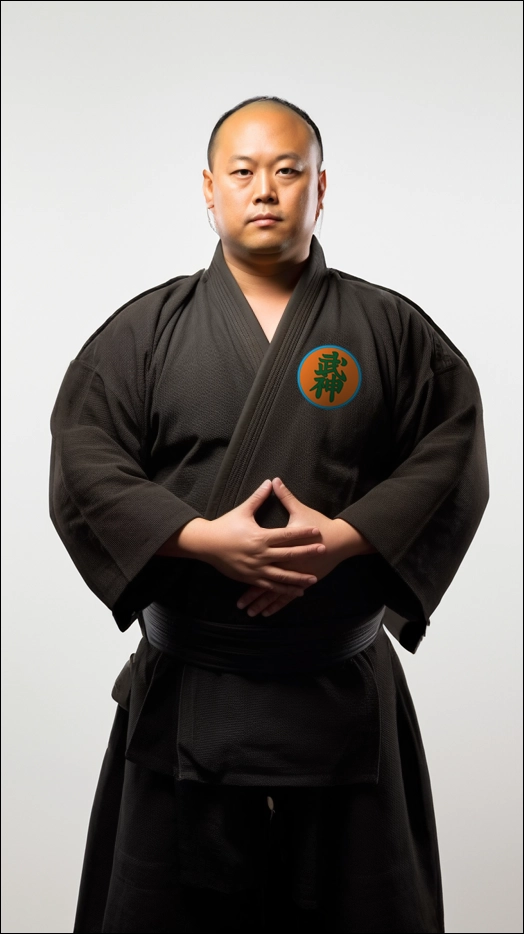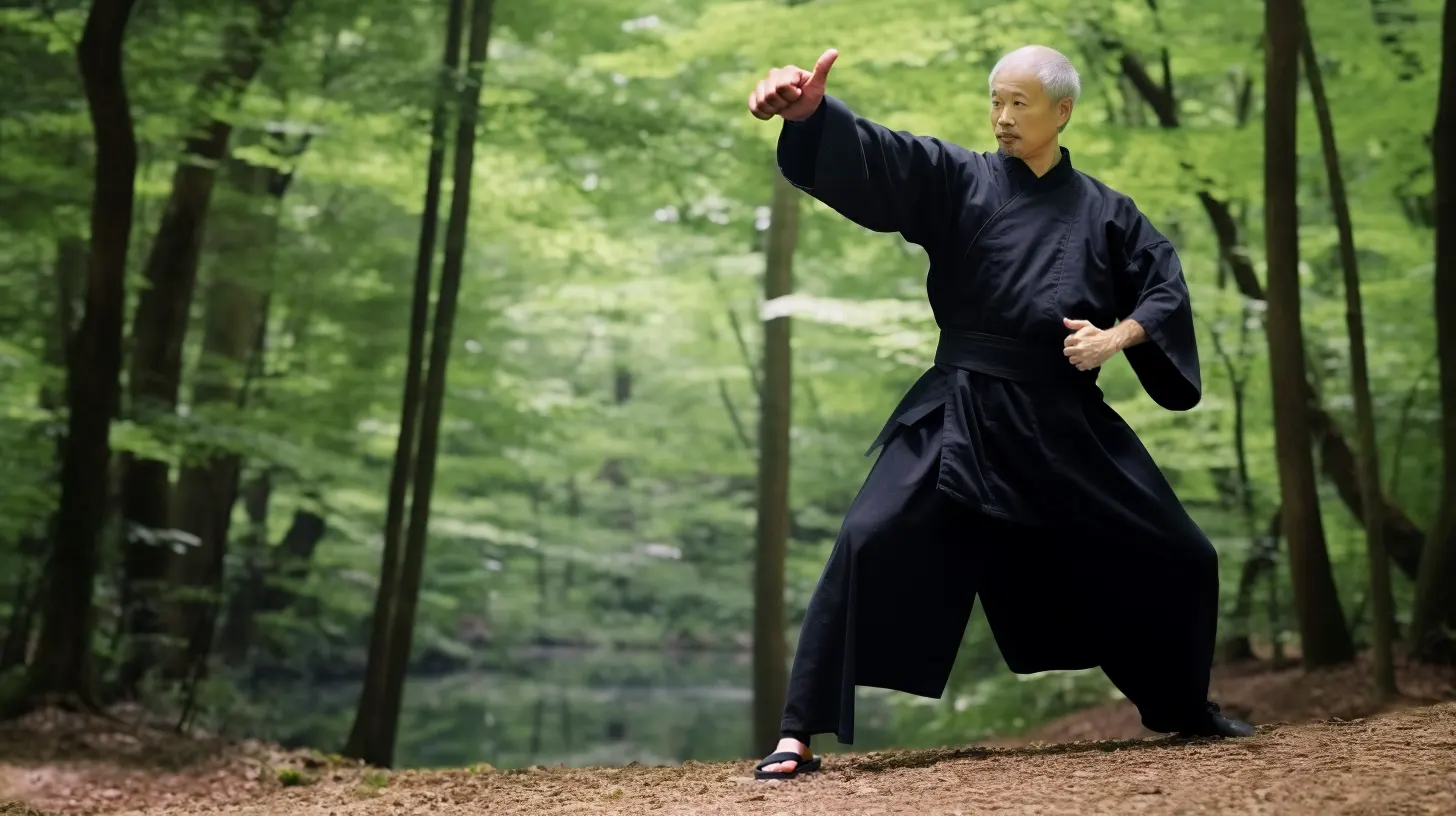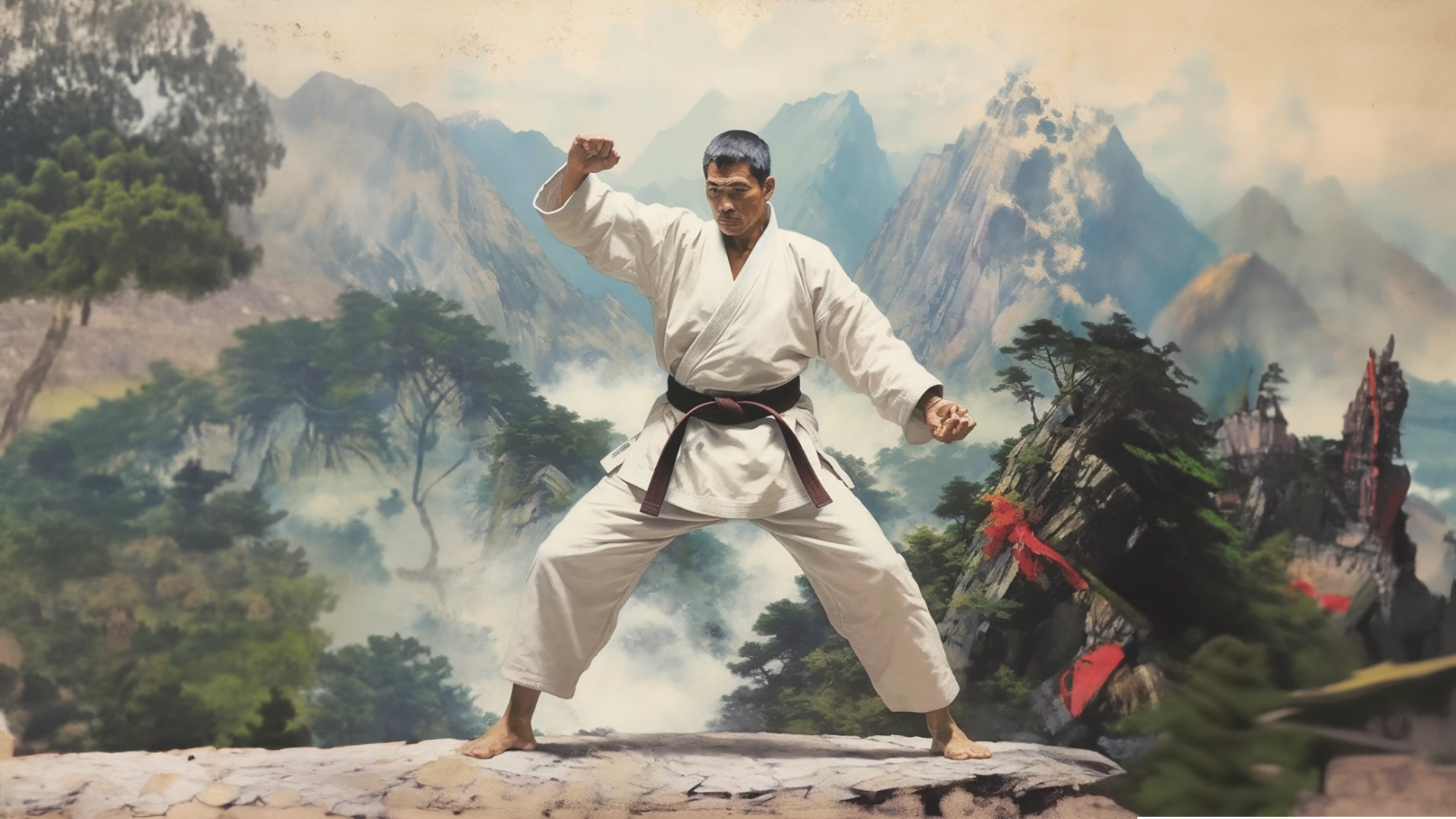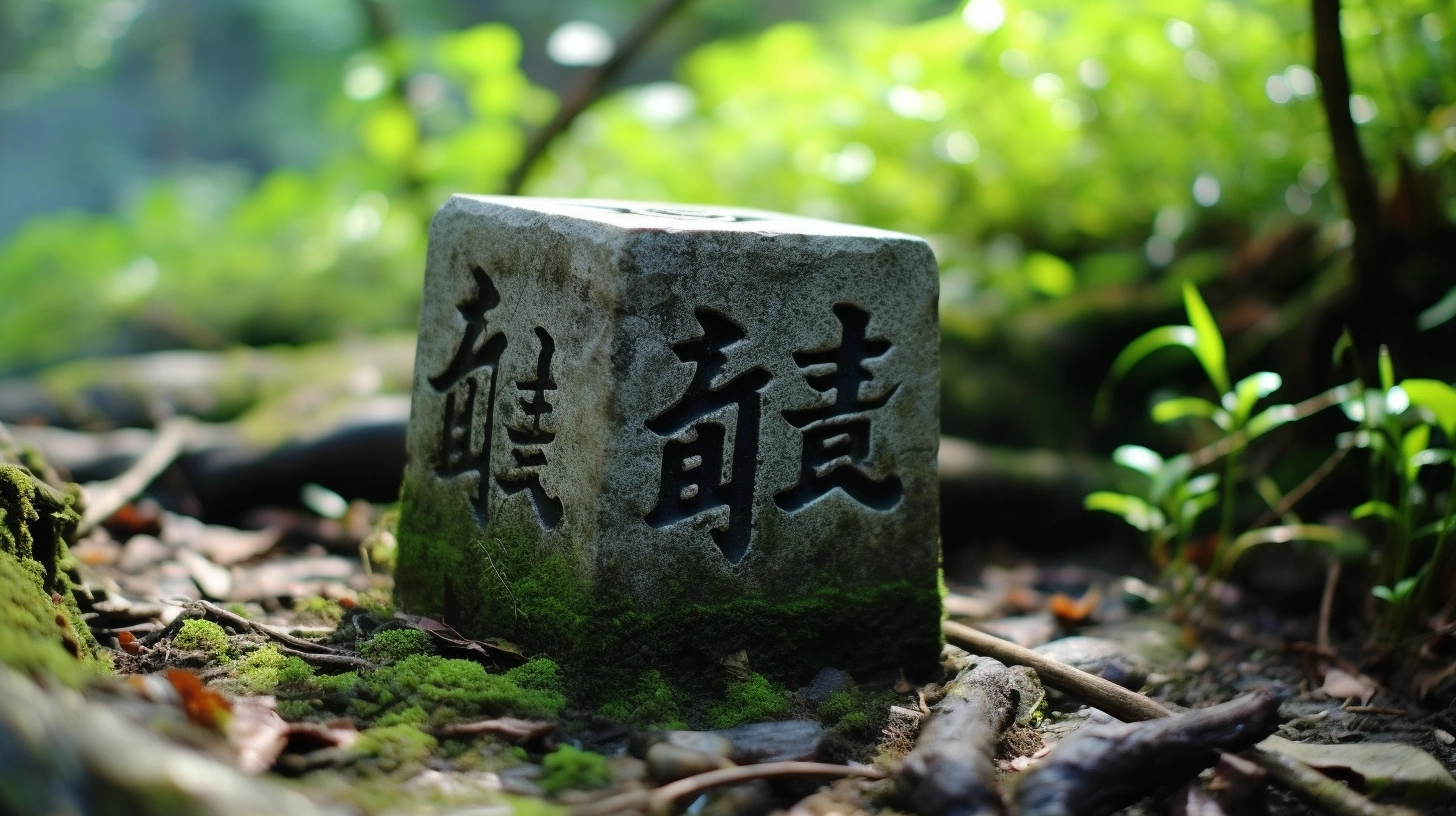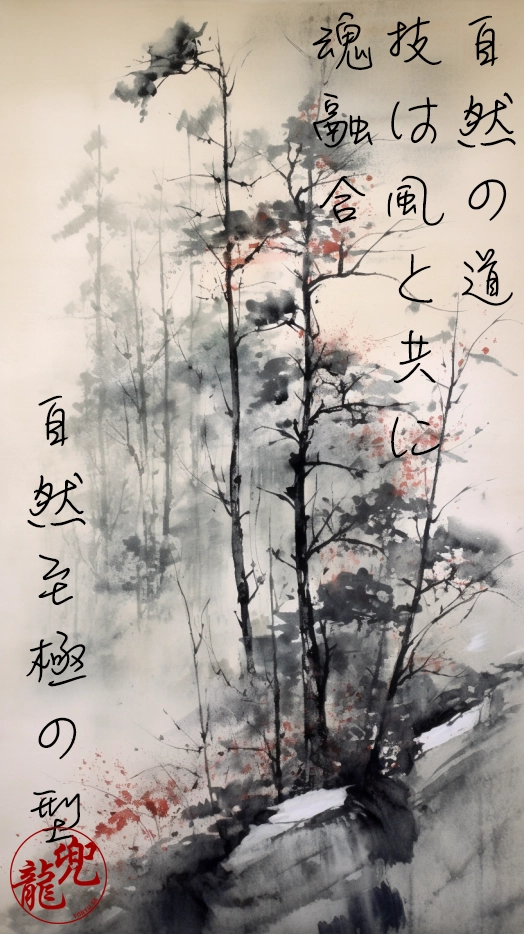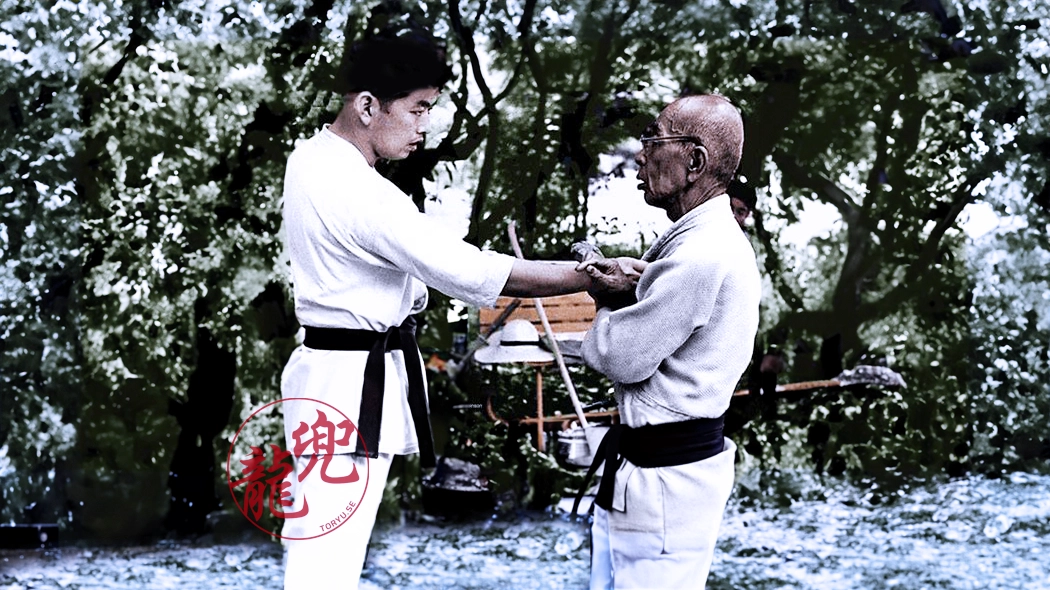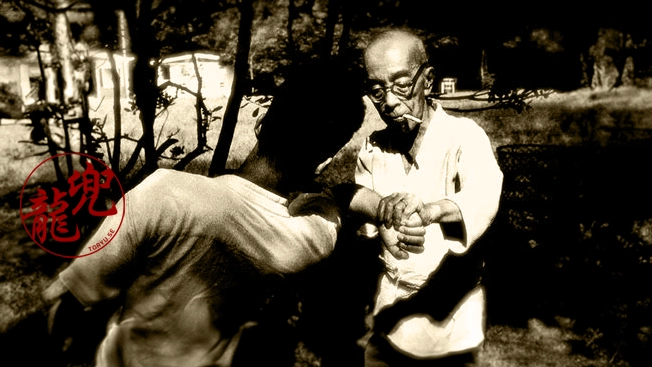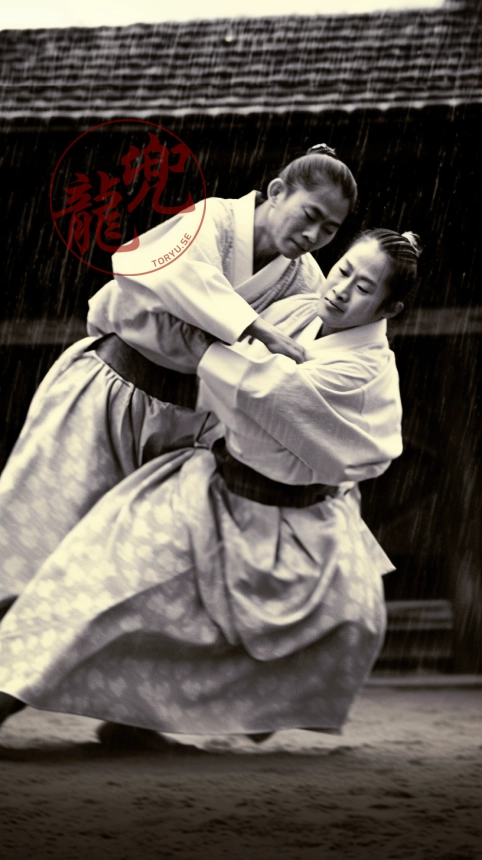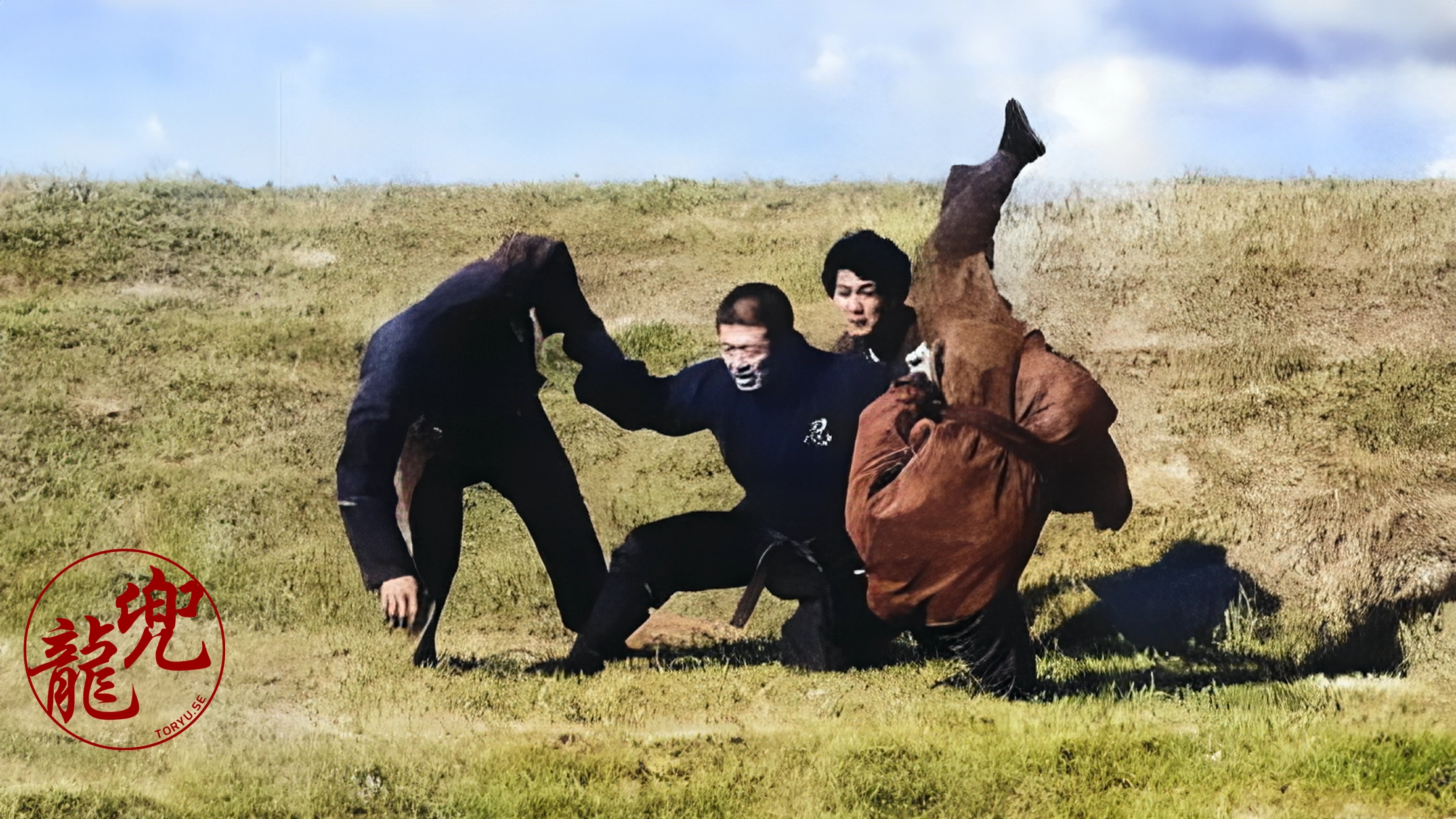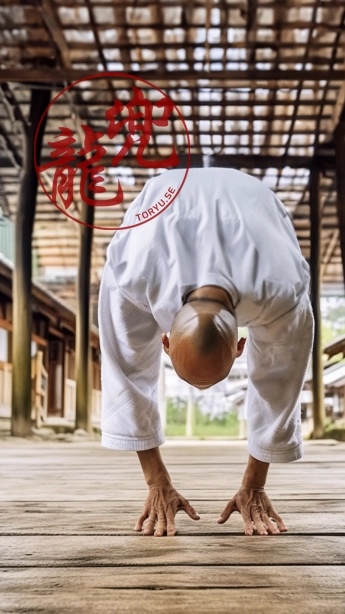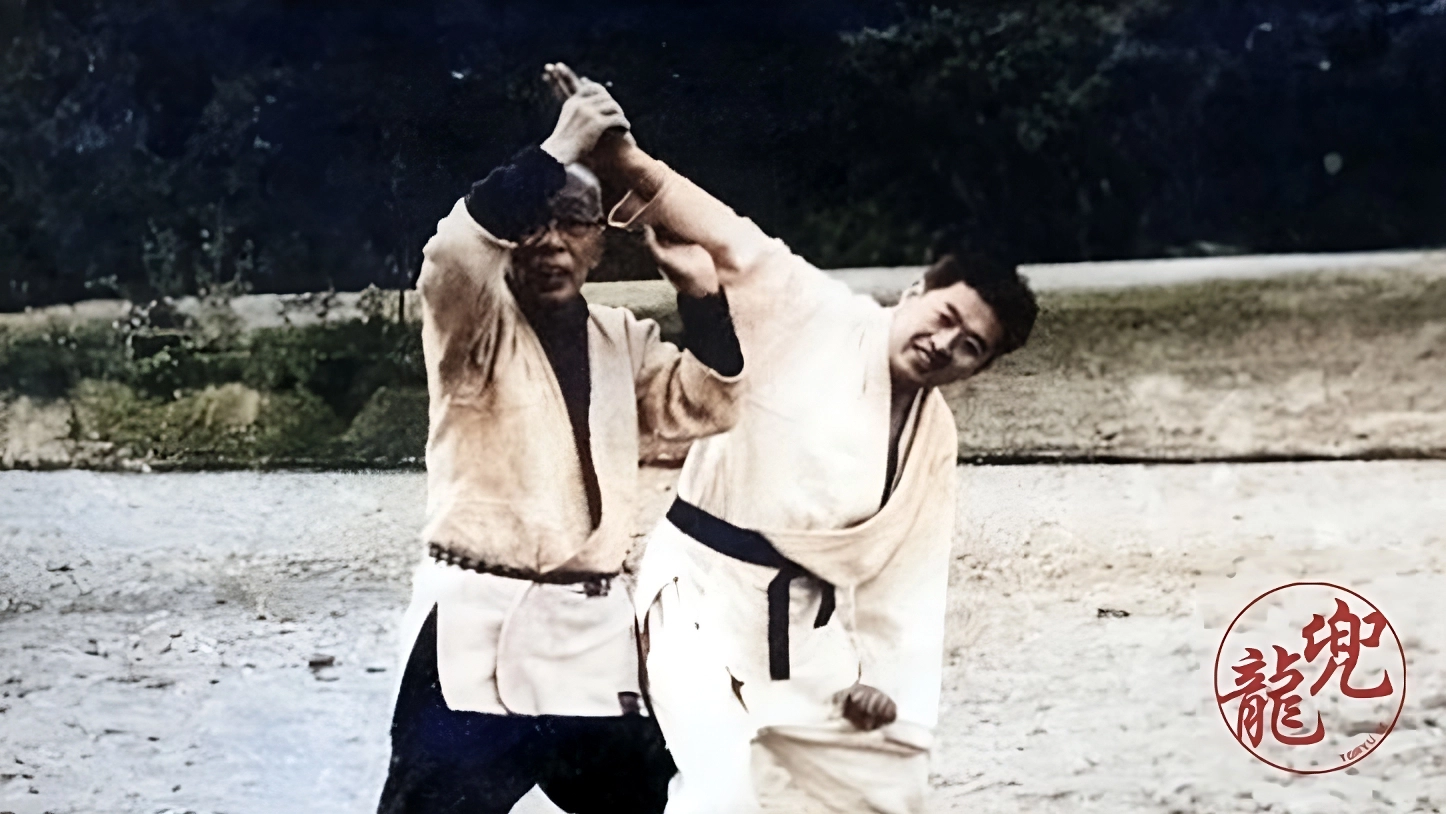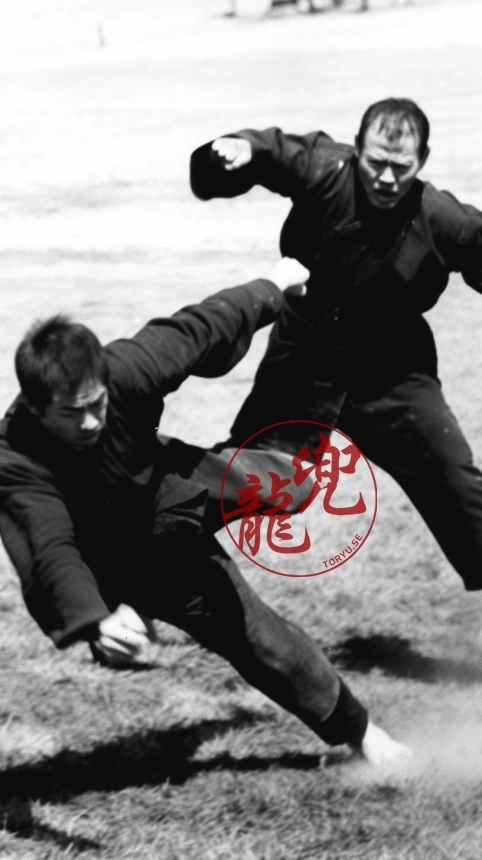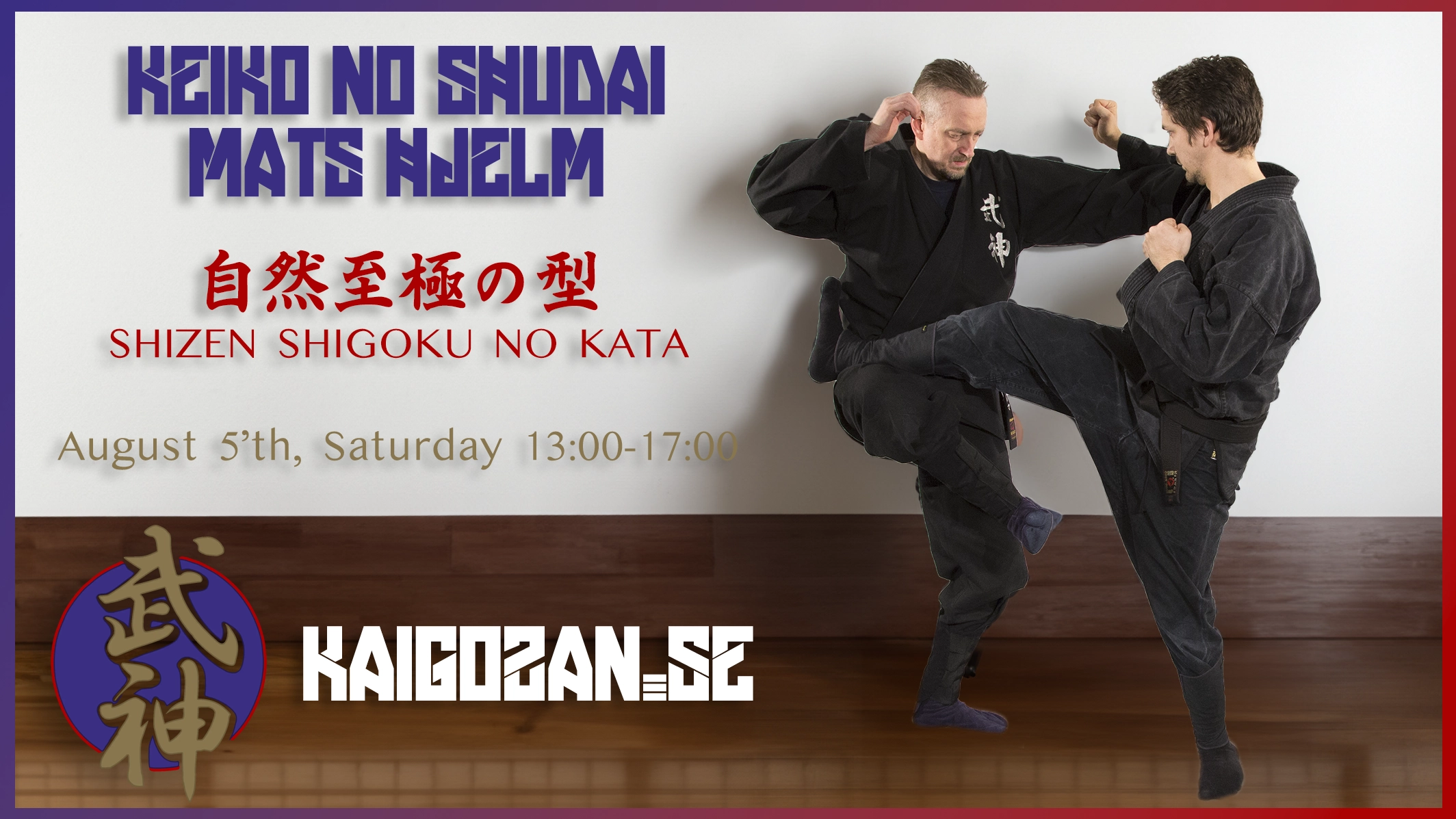From Gassho by Unryu Blog
VIAJANDO A UN DESTINO INTENSO Y BRILLANTE
Japón, junio 2023
Pedro Fleitas González
“La intensidad de los momentos vividos abrazan la propia
dualidad asertiva. “
Llegamos a Japón el 13 de junio después de un
largo viaje. Casi dos horas más de trayecto en carretera hasta llegar al hotel
que se ha convertido en mi casa allá en estos últimos años, el Crest Kashiwa
Hotel que actualmente está dirigido de manera magistral por la Señora Fujiki.
Al no tener la opción,
en nuestro viaje, de conectar todos los vuelos desde las islas canarias, hicimos
noche en Madrid, justamente el día 11 de junio. Esto nos dio la
oportunidad de descansar y dar un paseo por la Gran Vía por la tarde haciendo
una parada para tomar un delicioso café en la cafetería restaurante Salvador
Bachiller, un espacio diferente, lleno de buen gusto y profesionalidad.
Ese día reímos como nunca. Tras el café nos fuimos al
teatro edp gran vía para ver el magistral espectáculo “corta el cable
rojo” que lleva 11 temporadas de éxito rotundo. Teatro de la risa y la
espontaneidad. Creatividad pura e interacción con el público. Es un no parar de
recordar todos los músculos que tenemos en el rostro y generar salud. Lo
recomiendo sin duda alguna.
El día 12 de junio volamos a Tokio vía Londres. Primeramente,
casi dos horas de vuelo hasta Londres y sobrevivir a la locura de aquel
aeropuerto colapsado y que pone a prueba la capacidad de paciencia, velocidad,
agilidad e inteligencia. Siempre viajar por Londres Heathrow es una experiencia
y una aventura e incluso muy divertido.
Tras casi dos horas de retraso dentro del avión a Tokio
(esto ya es una habitualidad) volamos durante 14 horas con japan air line (jal).
Una compañía con un servicio maravilloso, una limpieza impecable y una cabina
bastante cómoda y que convierte un viaje tan largo en algo muy agradable.
Tras llegar al aeropuerto de Haneda en Tokio nos
dispusimos a pasar los controles pasaporte, recoger nuestras maletas y seguir
hacia el control de aduana. El sistema de acceso al control de pasaporte y
aduana tras la apertura del país nipón en octubre del pasado año ha cambiado enormemente,
siendo muy fácil el acceso una vez se comprende el proceso. Se pueden
introducir los datos en la visit Japan web previamente y así obtener un QR para
facilitar las gestiones y realmente es todo muy funcional ágil lo cual se
agradece.
Desde allí atravesamos Tokio. Como llegamos de noche las
vistas desde el transporte eran preciosas, pasamos junto al Tokyo Sky Tree en
Asakusa, junto a una comunión de luces y armonía. Tokio nunca duerme.
Llegamos al hotel, que en mi caso es como llegar a casa
en donde siempre somos muy bien recibidos brindándonos un trato amistoso y
familiar.
Una habitación maravillosa con vistas al sagrado Monte
Fuji, muy cómoda y una limpieza de matrícula de honor. El hotel está situado en
la ciudad de Kashiwa, justo enfrente a la puerta del hotel está la parada de
los autobuses a los aeropuertos y a 5 minutos caminando de la estación de trenes
de Kashiwa además muchos restaurantes, supermercados y otros negocios se
agolpan a los lados del hotel, lo cual beneficia para el acceso a ciertas
facilidades que hacen más cómodo la estancia.
En esta ocasión pude viajar con mi esposa y el viaje fue
todo una experiencia diferente llena de intensidad y vivencias únicas.
Llegamos tarde en
la noche el día 13 de junio y el día 14 visitamos a mi querido
amigo el Sr. Sakura que dirige el restaurante italiano “Comesta” en la ciudad
de Noda conocida por ser el epicentro de la empresa Kikkoman. Desde mediados
del siglo XVII hasta mediados del XVIII, la producción de salsa de soja de las
familias Mogi y Takanashi floreció en esta ciudad, en la prefectura de Chiba.
Aquí nació Kikkoman.
Noda se encuentra
en la llanura de Kantō, antiguamente una de las mayores zonas agrícolas de
trigo y soja.
Pero además esta
ciudad es el lugar de residencia y donde encontré por primera vez, en 1988 a mi
Maestro, Hatsumi Sensei. En las inmediaciones de esta ciudad se desarrollaban
los entrenamientos hasta que se fundó el primer dojo central justo al lado de
la estación de tren Atago y que posteriormente se desplazaría unos metros casi
en la misma línea del vial del tren.
Y como iba relatando, visitamos a mi buen amigo el Sr.
Sakura en su restaurante que es un lugar increíble con una de las mejores
comidas de la zona y un trato personalizado. Este restaurante, aparte de la
maravillosa relación precio -calidad se caracteriza por que gran parte de su
equipo son profesionales o amantes de la opera y se han formado en esta
modalidad musical. Y durante el disfrute de la comida puedes apreciar sus
habilidades.
Un fuerte abrazo para despedirnos y desde ahí caminamos
hacia el templo shintoista Sarukuragi jinja. Un lugar de paz y tranquilidad
ubicado entre un hermoso bosque. Es un lugar para hacer una parada y como no,
para reflexionar de manera profunda y transformadora de como vivimos la vida
propia.
El día 15 fue un día especial, ya que iba a reencontrarme con mi
Maestro, la verdadera razón por la que llevo viajando a Japón desde 1988. Aquel
encuentro con este visionario, artista y lleno de un excentricismo absoluto hace
más de treinta años hizo que mi vida tomara otro rumbo. El día 15
primero nos encontramos con el Dr. Arsenio Sanz, catedrático de filología
hispánica en la universidad de Kanda (Tokio), un amigo, compañero y hermano
para luego juntos los tres encontrarnos con el Maestro.
Arsenio lleva viviendo en Japón hace más de 20 años. Un
valiente, cuando llegó en aquellos tiempos donde la vida no era tan fácil como
lo es ahora y ser extranjero en aquel país no era tarea sencilla. Hoy
desarrolla su labor educativa en una prestigiosa universidad y es traductor e
intérprete de Hatsumi Sensei desde hace más de 10 años, realizando una labor
magnífica en beneficio de mantener vivas las enseñanzas de éste en nuestra
lengua materna.
Cada vez que vuelvo a encontrarme con mi maestro mi alma
expresa una alegría indescriptible. Es alguien tan especial, que con
su sola presencia durante un minuto es como si hubieras entrenado en el dojo
por 20 años.
Así que me encontré con viejos amigos que no veía desde
el confinamiento, con Darren y su esposa de Australia. También con Masako que
siempre ha estado muy cerca del Maestro en todos estos años haciendo labores de
traducción y cordialmente disponible para ofrecer su ayuda, con el Sr. Niigata
quien se encarga de los cuidados del Maestro y con el Sr. Iwata que conozco
hace más de 25 años y con quien he pasado momentos únicos juntos en el tatami y
fuera del tatami.
Ese día fue especial. No veía al Maestro desde febrero.
Lo cierto es que la vida me ha dado las oportunidades de viajar a Japón durante
el cierre del país en agosto del 2022, y posteriormente a la apertura, en
noviembre 2022, febrero 2023 y ahora en junio.
Me siento un afortunado de poder aprovechar las
oportunidades que aparecen y se crean de forma casi milagrosa. También me
considero afortunado de poder tener el coraje y el valor de soltarlo todo y
lanzarme a las aventuras sin miedos y sin apegos. Tarea nada sencilla en muchas
ocasiones. Eso es algo tan especial, algo que se siente tan profundo. Me siento
agradecido por ello y muestro mi gratitud a Hatsumi Sensei por haberme mostrado
lo que está más allá del tatami. Es arduo, y lleva mucho entrenamiento y correcciones,
pero es posible, les puedo asegurar que Si que lo es. ¡Hay que perseverar!
Una jornada llena de risas, juego, nostalgia, buenas
compañías. Maravilloso!
En mi caso cada vez que vuelo a Japón es tener una
sensación como si nunca me hubiera ido desde 1988. Ya no es continuidad sino
estar vinculado de una manera que no puede describirse.
El día 16 tomamos el tren hacia Kamakura, casi dos horas. Es un
lugar realmente hermoso y significativo a nivel histórico.
En la estación de Kamakura hicimos una parada en
“chocolate Factory”, café de buena calidad, trato increíble. Sentados en una
mesa llena de hortensias, unas flores hermosas. Probamos un “chupito” de cacao
especial y puro para tomar energía para iniciar la caminata mientras interactuábamos
con el director y equipo del local. Buenas gentes en todas partes.




Y desde allí caminamos hacia el Gran Buda de Kamakura. Es
impresionante el encuentro directo con su mirada. El lugar estaba bastante
concurrido aún el fuerte calor que nos recibió. En internet y otros medios
puedes encontrar una gran cantidad de información sobre la zona y su
relevancia. Solo he de comentar que esta estatura de 13,5 metros y de 93
toneladas es el segundo buda más grande de Japón y está ubicado en el templo
budista Kotoku in. Se cree que este gran buda fue construido alrededor de 1252.
Dado que el templo ha sido destruido en muchas ocasiones por tormentas, por
tsunamis así que básicamente nos encontramos con una estatua superviviente y
adaptada con múltiples remodelaciones y que toca a todos los que la visitan.
Desde el lugar donde nos encontrábamos nos desplazamos
caminado hacia el templo de Hazeda. Precioso! Los jardines de Hortensia, las
fuentes, la gran estatua de Kannon, las vistas de la bahía y playa de Kamakura.
Realmente hermoso y recomendable. ¡Eso sí! No se de donde salía tanta gente.
Estaba muy concurrido.
El día 17 de junio, viajamos de nuevo por casi dos
horas en tren, pero en otra dirección. Esta vez visitamos a la zona de Hakone
que es un parque nacional al oeste de Tokio y muy conocido por su lago, también
por sus hermosas montañas y sus vistas idílicas del monte Fuji.
Allí decidimos tener la experiencia de la prueba de la
Cascada. Con un grupo de profesionales y un reducido número de participantes de
los cuales éramos los únicos extranjeros nos vimos inmersos en el Japón
antiguo. Ropa blanca, caminando por el bosque y de repente, una vista
inolvidable; una cascada de 23 metros de alto que ponía de rodilla a los más
valientes.
Seguimos sus instrucciones entendiendo el poder y valor
de esta experiencia. Seguimos sus pasos, escuchamos su japonés intentando
comprender su comunicación no verbal y de repente nos vimos dentro de las frías
aguas y resistiendo el golpeteo y caída del agua desde los 23 metros sobre
nuestras cabezas.
Esto es una forma de meditación, una forma de mantener la
calma en nuestro interior aun como sean las circunstancias externas. En este
caso la presión del agua sobre nuestros cuerpos, mantener el equilibrio, no
perder la conciencia hizo de esta experiencia algo especial. Realmente algo
espectacular y que se queda” marcado a agua" dentro del corazón. Yo había tenido esta experiencia en Canarias y
en Alicante años antes, pero la presencia de la cascada tan grandiosa, del
espacio y del ambiente realmente te hacían entrar en un estado al que siempre gustaría
volver.
Terminamos y volvimos a la estación para viajar por 90
minutos en esta ocasión en dirección a Akihabara, el distrito electrónico de
Tokio. Un área turística donde se puede conseguir lo que desees de electrónica
a unos niveles de oferta increíbles en cuanto a las posibilidades de obtener
casi cualquier cosa que necesites.
Ciertamente la zona se ha adaptado a las nuevas
tendencias y demandas, en este caso los video juegos y todo lo relacionado con
ello.
18 de junio. Con un calor exagerado teníamos otro almuerzo con mi
Maestro, estar junto a él es una experiencia que te abre a un mundo maravilloso
de posibilidades. Una vez más con algunos otros amigos, el Dr. Arsenio, Yuri y
yo pasamos unas horas mágicas y maravillosas.
19 de junio
Ese día teníamos una cita a las 9 de la mañana en Asakusa
con el equipo del programa “Embajadores de Canarias para el mundo”.
Un día diferente, enriquecedor y divertido con un grupo
de profesionales de primera línea. Casi doce horas de grabación. Mucho cariño y
muchas risas y una experiencia inolvidable.
20 junio
Después de la gran intensidad del día anterior. El día 20
decidimos pasear por Sugamo. Este barrio es una visita obligada en todos mis
viajes a Japón. Según entramos en esta
calle de casi 800 metros podemos
encontrar justo al inicio el templo Shinshoji. Este templo es comúnmente
apodado Edoroku Jizoson Shinshoji
porque aquí se encuentra uno de los «Edoroku Jizoson» o los seis Jizo
guardianes de la antigua Edo. Es conocido por su gran estatua de bronce
de un Jizo, deidad protectora de los niños y los viajeros. La estatua se
encontraba al comienzo de la antigua ruta Nakasendo, una de las seis rutas que
salían de la antigua Edo. Con su gran sombrero y su vara personal, este gran
Jizo protegía a los viajeros que iniciaban el camino y les ofrecía seguridad en
el viaje que comenzaban.
Ya adentrados en esta
calle nos encontramos el templo Kōganji e que es un templo budista Soto Zen
relativamente reciente, pues data del siglo XIX. El templo es especialmente
famoso por su estatua de Togenuki Jizo, una de las deidades adoradas aquí y razón
por la cual tanta gente mayor visita el barrio. Y es que se cree que este Jizo
cura las enfermedades (togenuki significa literalmente «arrancar una
espina»).
Es por lo que
mucha gente mayor acude al templo Koganji y ofrece sus respetos al Togenuki Jizo
para aliviar sus dolores.
Tiempo para una
comida propias de la gastronomía japonesa y un buen café y seguimos caminando
en “todas las direcciones”
21 junio
Este día nos esperaba otro almuerzo maravilloso con mi Maestro,
el Dr. Masaaki Hatsumi. El maestro nació en 1931, actualmente tiene la edad de
92 años y aunque se retiró en el año 2019 y casi coincidiendo meses después con
el cierre del país por la situación de pandemia mundial siempre estuvo dispuesto
a recibir a sus alumnos más cercanos y así lo sigue haciendo cuando tiene la
oportunidad.
Ese día acudieron personas muy queridas; Sayaka Oguri
hija del fallecido Maestro Oguri Sensei buen amigo y bella persona que nos visitó
en Canarias en varias ocasiones. Además, Hiromi con su esposo Rob, ambos
compañeros de tatami durante años y su hijo Robbie, encantadores y que quieren
mucho al Maestro. Solo es necesario ver como brillan sus ojos cuando están con
él y el amor que desprenden. Además, ese día estuvieron presentes “personas de
paz” como el Sr. Niigata, el Sr. Iwata y la Sra. Chinami, esposa de Niigata al
cual llamo cariñosamente hermano mayor.
Ese día almorzamos
en el restaurante italiano Italytei Nodashi Yamazaki cerca de la estación de
Umesato. Su director, un viejo amigo es una persona muy cercana, servicial y
amable. Sus opciones gastronómicas son amplias y de gran calidad. Pasamos un
rato maravilloso riendo como una familia.
Y preparándonos
ya para el día siguiente empezar nuestra vuelta a Canarias. Desde el aeropuerto
de Haneda hasta Londres y desde ahí a Madrid donde pernoctamos para volar a Canarias
al día siguiente.
Esperando
el próximo avión…
Bendiciones
y vida en plenitud son mis deseos para los lectores.
…
